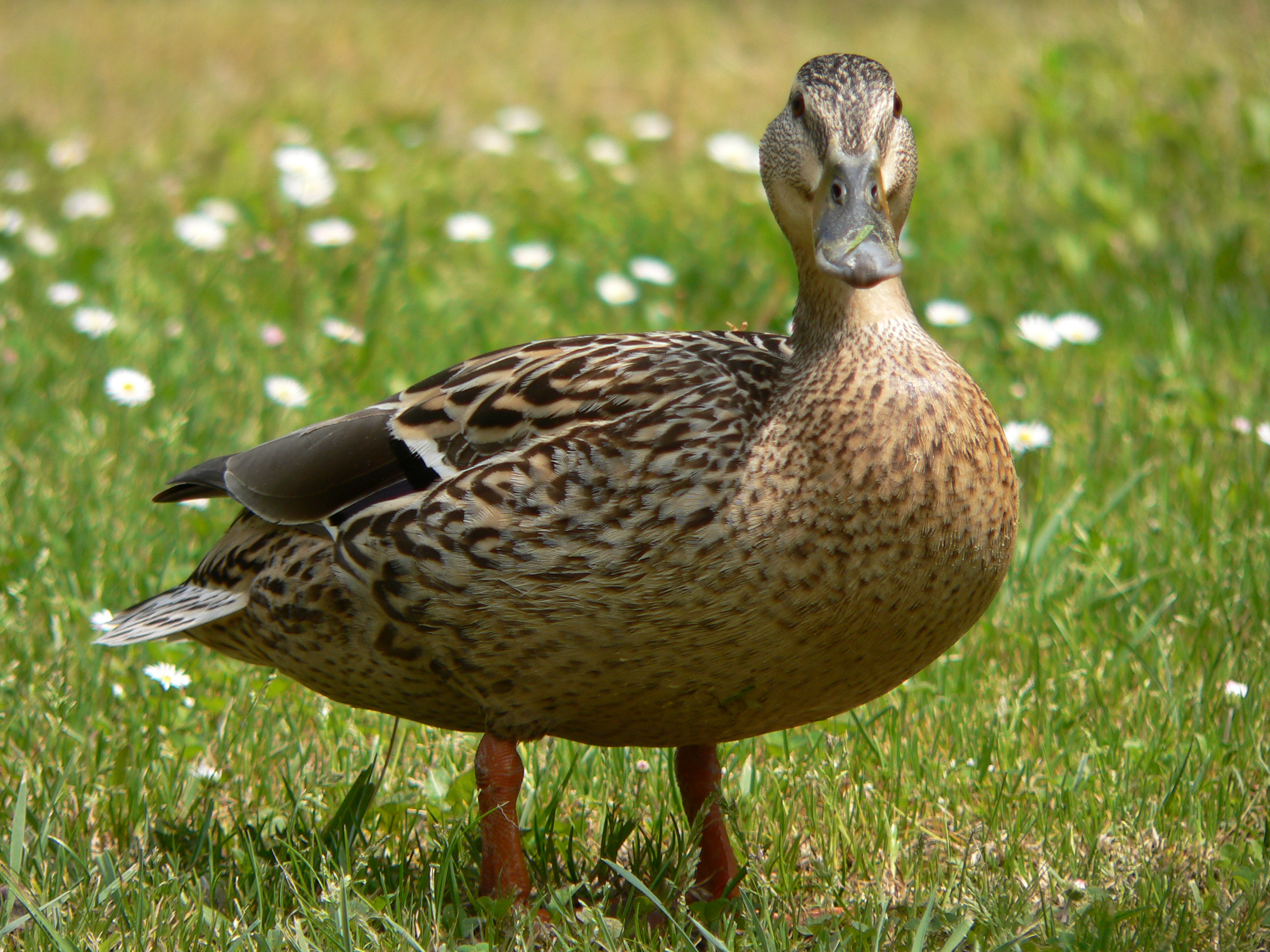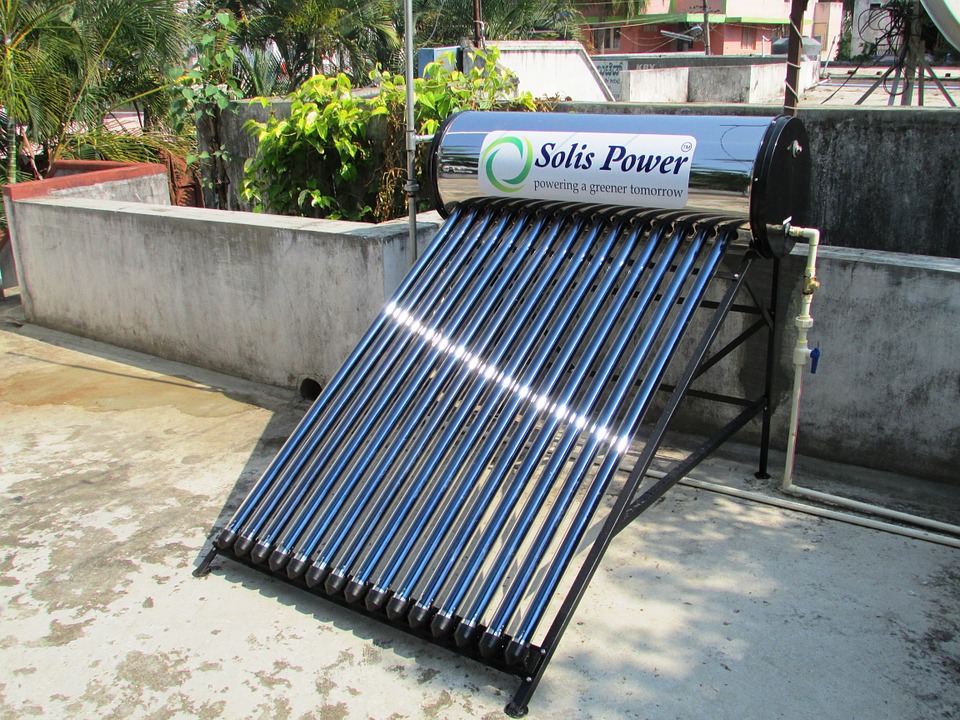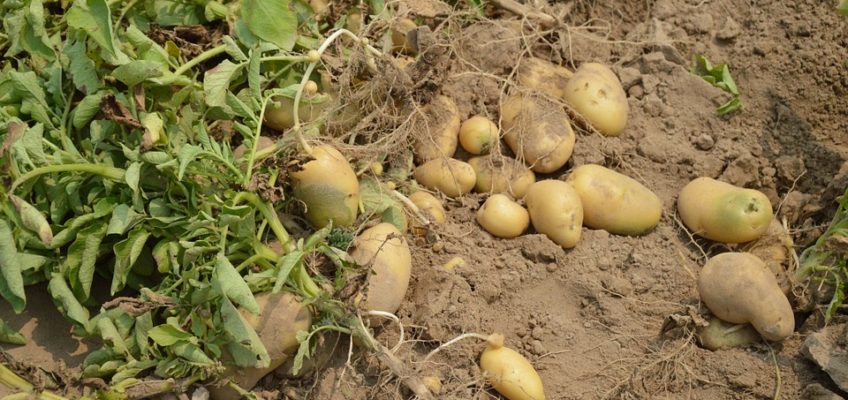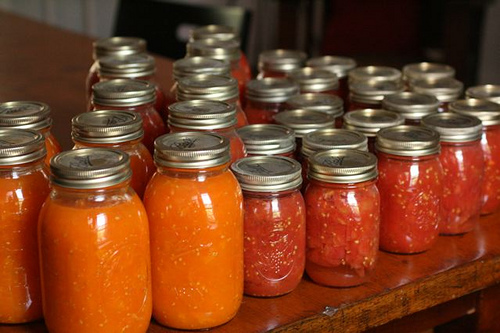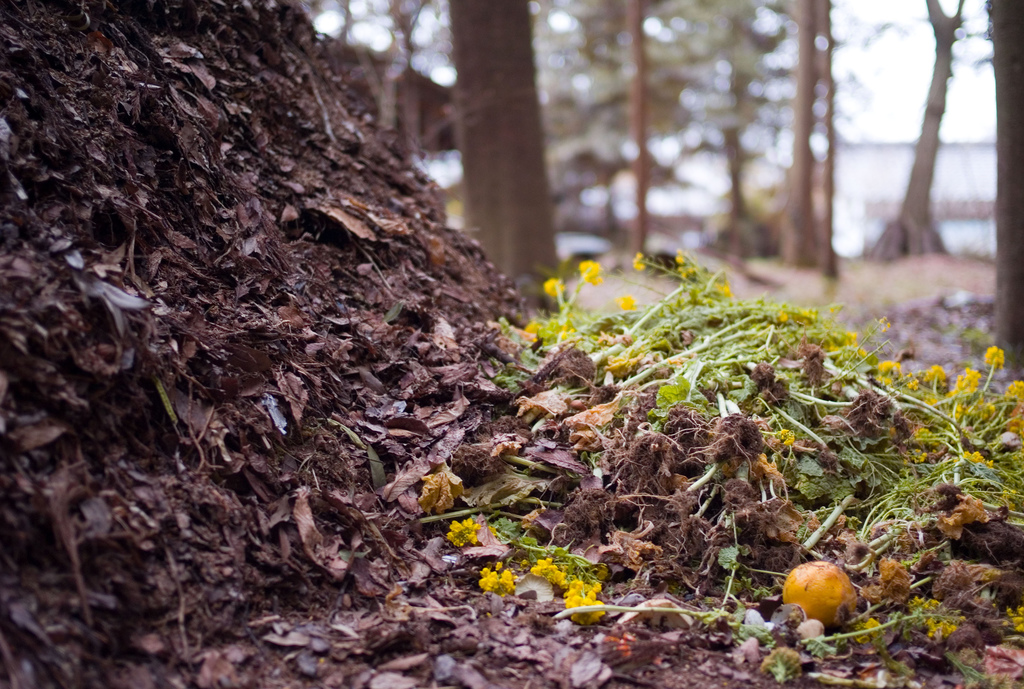How to Kill Microbes
How often do you think about microbes and other types of infectious pathogens? If you are learning to survive and trying to be more self-sufficient, then you might think about this more than the average person. Still, you may not understand how to deal with these types of infectious pathogens and microbes properly. In many … Read more

